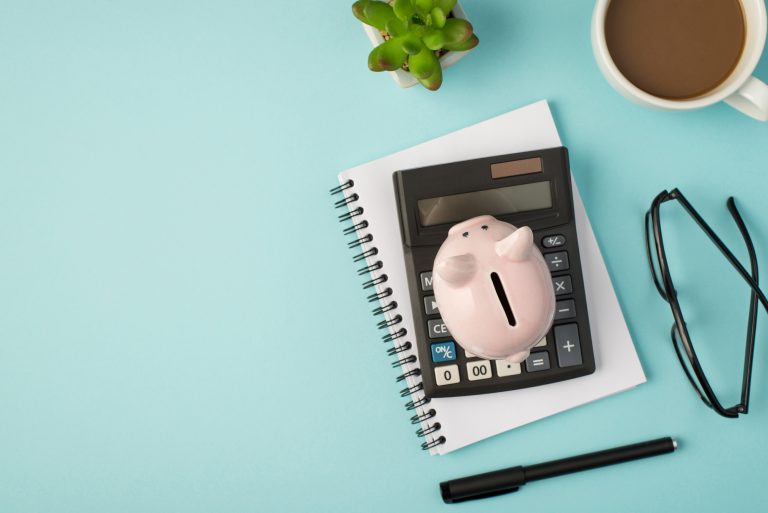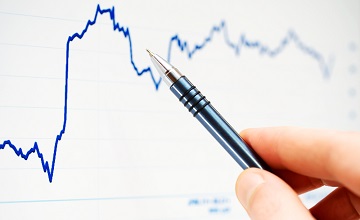The female investor
Investment and portfolio building has traditionally been a male-dominated world, but these days more women are trading on the market – and they’re good at it! According to an ASX Australian Investor Study completed in 2020, female investors make up 42% of Australian investors, yet 45% of those only began investing in the year prior to 2020.
It’s intriguing that younger women – known as Next Generation Investors aged 18 – 25 – are taking up stock portfolios. Their goals include saving for a holiday (50%) or paying down existing debt (34%).
The ASX study highlighted a few other interesting points:
- Women prefer products more commonly understood, such as direct Australian shares (53%), residential investment property (37%) and term deposits (31%).
- Women are less concerned than men about low interest rates and market fluctuations, but consider issues like whom to trust, hidden fees and liquidity.
- While men are more accepting of market volatility, women prefer stable or guaranteed investment returns.
While we’re about breaking down stereotypes, the study found that women are generally more successful in their investments than men. This could be because women are cautious by nature, taking longer to research investment choices and, once settled, preferring to ride out market ups and downs.
Conversely, men tend to regularly review their portfolios and trade aggressively, buying and selling assets, potentially incurring additional fees and losses due to market swings.
In recent times there has been a surge in Australian women backing other Australian women in start-up business ventures.
According to SmartCompany.com.au, female venture capitalists are recognising that entrepreneurial women face a specific set of challenges, such as a lack of networking and mentoring opportunities, and lingering perceptions around gender-based work/family roles. Further, support for Indigenous businesswomen is increasing as women’s investment networks strive to encourage women from diverse backgrounds.
Fact is, almost 40% of Australian women who are single for reasons of divorce, widowhood or otherwise, will retire in poverty. Issues around the gender pay gap are recognised contributors to women generally having less money in savings and/or superannuation: women save an average of $598 per month compared with men $839.
In an effort to improve these figures, many women strive to secure their financial futures through self-education: magazines, blogs, podcasts etc. Others seek professional advice through referral from a trusted friend or relative.
The financial planning industry recognises that more women are actively investing. Financial advisers are developing strategies specific to women’s needs and goals – in fact, the industry is well-served by a large number of financial professionals who are women.
The Financial Planning Association of Australia (FPA) can put you in touch with a qualified professional adviser, just like us, so you can ensure all your decisions are well-informed and that your personal needs and goals are considered.
The information provided in this article is general in nature only and does not constitute personal financial advice.






